Most people are familiar with the Sony a7-series cameras. These mirrorless cameras have matured over the last decade and enjoy a wide fan base. However, they have also grown significantly in size. If you prefer a smaller form factor, perhaps it's time to consider the Sony a7C II and a7CR.
The Sony a7-series cameras were once a different class of full-frame cameras. They were lightweight and relatively small compared to their peers. However, this has changed in the last decade. Now, the Sony a7 IV and Sony a7R V are no longer as compact, rivaling other brands in size. With that, Sony cameras have lost the benefit of being small.
The popular camera manufacturer released a compact version of the a7-series some time ago. Now, there is the second iteration, the a7C II, with the letter "C" referring to "compact." Additionally, they released a higher resolution version, the a7CR.
These two cameras are quite similar to the a7 IV and the a7R V, featuring the same or similar specifications. How does the small size compare to the larger siblings? Let’s find out. Sony Netherlands provided me with both models for this review.
Some Specifications
Both the a7C II and a7CR have the same appearance. At first glance, there are no differences, but appearances can be deceiving. The a7C II has a resolution of 34.1 megapixels, while the a7CR has 62.5 megapixels. The sensors are similar to those of the a7 IV and the a7R V. Both are full-frame sensors, while housing a body similar in size to the a6xxx series APS-C cameras.

I have listed a selection of specifications to give you an idea of their capabilities. I advise you to take a look at the product page on the Sony website for the full list:
- Hybrid phase-detection and contrast-detection autofocus, AI-powered
- Autofocus sensitivity of -4 EV at ISO 100 and an f/2 lens
- Object recognition for people, animals, birds, insects, vehicles, and airplanes
- In-Body Image Stabilization up to 7 stops
- Shutter speed ranges from 30 seconds to 1/4,000 second. Electronic shutter allows for 1/8,000 second.
- No mechanical first-curtain shutter; it is always electronic
- Electronic OLED viewfinder, 2.35 MP with 0.7x magnification and 60/120 fps
- 2.95-inch TFT-LCD with 1.04 MP, fully articulating, and touchscreen capability
- XAVC S, MPEG-4/H.264, and XAVC HS, MPEG-H HEVC/H.265 video
- 4:2:2 10-bit S-log and S-Cinetone with LUT embedded
- AI auto framing for video
- Bulb-timer, pixel-shift superresolution, focus bracketing, and timelapse/interval capability
- WiFi and Bluetooth
- Single UHS-II-SD slot In this review, I won’t be covering the video capabilities.
The Looks
Both cameras are exactly the same on the outside. The size is 124 x 71 x 63 mm, and the weight is approximately 500 grams. There are four dials available: one in the grip below the shutter release button, one on the top plate, and one at the back. The fourth is the dial around the SET button, which has four buttons.

The cameras don’t have a joystick, but a dedicated AF-ON button is present. There are two custom buttons, from which the C2 button also works as the delete button when viewing the recorded images on the three-inch touchscreen.
The grip is reasonably well-designed, but keep the small size of the camera in mind. It makes the grip shallow. The other side of the camera shows three hinged doors. The one in the middle offers access to the UHS-II-SD card slot.

The top door allows access to the microphone jack and the PD-USB-C connector, which is also used for charging the camera battery. The bottom door gives access to the micro-HDMI connector and a headphone jack.
Beneath the PSAM dial, a switch can be found for switching between photo, video, and S&Q (Slow & Quick) recording. The main switch is situated around the shutter release button.
Image Quality
As mentioned, the cameras have the same sensors as their larger-sized siblings. This means the image quality will be similar to these cameras. There might be some differences, but I haven’t compared the results with the larger versions. Still, I want to show what the cameras are capable of regarding ISO performance and dynamic range.
The a7CR has an ISO range up to ISO 102,400. The a7C II tops that with a maximum of ISO 204,800. The results can be seen in the comparison below.



Underexposing the image and correcting this in Lightroom Classic shows the increase in noise levels. It appears both cameras can be pushed up to five or six stops before the noise levels become too distracting, which is impressive.


Autofocus and Speed
The autofocus makes use of an AI-powered processor that can predict the movement of a subject. This makes the autofocus system of these Sony cameras among the best on the market.
There is subject recognition for people, animals, birds, insects, vehicles, and airplanes. The AI prediction for movement works only for humans, as far as I understand. Correct me if I’m wrong.
For every subject, the behavior of the autofocus system can be fine-tuned. I didn’t test this system extensively, but as expected, it works amazingly. Also, tracking is capable of sticking to the subject, no matter how it moves across the frame.
The a7C II has a maximum speed of ten frames per second, both in electronic and mechanical shutter. The a7CR tops at eight frames per second. The buffer for the a7CR allows for 48 images in the highest JPEG quality and 36 in uncompressed raw.
Thanks to the lower resolution, the a7C II allows for 88 images in the highest JPEG quality and 44 images in raw uncompressed. Compressed raw will reduce the maximum amount to 27 images for the a7C II and sixteen images for the a7CR.
Although the autofocus is capable of amazing tracking, both cameras don’t perform that well when used for action. There is a strong rolling shutter effect with the electronic shutter, but you can choose the mechanical shutter to avoid this.

Worse is the EVF blackout which makes it difficult to follow a fast-moving subject. Unfortunately, the blackout is always present in both electronic and mechanical shutter.
These cameras have a shutter with only a mechanical second-curtain. The first curtain is always electronic. Although this isn’t an issue for most situations, it will have a negative effect on the bokeh and can result in some banding.
In Real Life
There is no need to worry about the image quality for both cameras. There is a ton of detail available, and the dynamic range is enough to prevent clipped highlights in almost every situation. Also, the autofocus abilities are amazing, resulting in perfect focus in nearly every situation.
Setting up the autofocus can be a struggle, since there are many variables to choose from. Perhaps even too much, which makes it complex. Fortunately, the a7C II and a7CR both have the new menu structure.

However, even with the new menu structure, it can be quite confusing. Names and abbreviations are not always clear and can be cryptic at times. But this is similar to every other Sony camera, and these two models can’t be judged by this. Eventually, it all comes down to the handling of these full-frame cameras. The compact size will play a significant role in this.

The price for a small size is less than ideal ergonomics. Large hands will have more difficulties operating these cameras. The reduced size also affects the button sizes and the spacing between the buttons.
The presence of a dial underneath the shutter release button is an improvement over the previous a7C model. At the same time, the small size of the grip makes the dial somewhat difficult to operate. Especially because it’s too recessed for easy use.
This also applies to the fourth dial surrounding the SET button. The four buttons in this dial are too often accidentally pressed when using the dial. This always results in an unwanted change of the settings that are addressed to these buttons.

Both the size and resolution of the electronic viewfinder aren’t what you would expect from such modern cameras. It has improved compared to the first a7C camera, but it still feels outdated. It isn’t very comfortable for use as well. Also, the resolution of the LCD screen is with 1.04 MP not the most modern one.
Extra Functions
The a7C II and a7CR have a lot of extra functions built-in. Focus stacking is available, and there is pixel-shift high resolution. In both cases, the result has to be produced in post. There is focus breathing compensation for video, which is great to have.
The cameras have timelapse capabilities and interval recording. The bulb-timer makes it possible to program exposure times that exceed 30 seconds, without the need for a remote. Unfortunately, Sony has introduced a 900-second time limit for this option.
Conclusion
These two compact Sony cameras produce the quality images you can expect. Also, the autofocus works amazingly and offers a lot of possibilities. Unfortunately, the cameras’ ability regarding action photography doesn’t allow you to exploit these possibilities.
The size of these cameras results in a less than ideal user experience. Buttons are small, some dials are too recessed, making it more difficult than it should be. Operating the camera while wearing gloves can be challenging.
Unfortunately, Sony didn’t provide these modern cameras with modern high-resolution LCD screens and EVFs. There is always a blackout, and the sensor readout is slow, resulting in serious rolling shutter effects for the electronic shutter.

I have to conclude that both the Sony a7C II and the a7CR are amazing cameras with a lot of state-of-the-art technology. They share a place among the most advanced cameras in this regard. At the same time, there are a lot of things that feel outdated. It feels like a missed chance.
Things I Like
- Excellent image quality
- Good ISO performance and dynamic range
- Good autofocus capabilities
- Custom settings are extensive
- New menu structure
- Good battery life (although less compared to its larger siblings)
- Dial in the grip, underneath the shutter release button
- High-resolution pixel-shift and focus stacking abilities
- Bulb timer available
- Separate switch for photo, video, and S&Q
Things That Should Be Improved
- Camera is too compact for good ergonomics
- Dial in the grip is too recessed for easy use
- Operating the dial on the back results in a lot of accidental pushing of the four buttons
- No joystick
- Exposure compensation up to +/- 3 EV will show in exposure simulation. The next two stops of exposure compensation won’t show.
- Information overlay on the LCD screen can be difficult to read
- Menu item names and abbreviations can be cryptic, and the structure is sometimes confusing
- Extensive customization makes it difficult to find the optimum settings
- Bulb timer is limited to 900 seconds
- Slow sensor readout results in a strong rolling shutter effect
- Slow continuous shooting
- No physical mechanical first-curtain shutter
- Always EVF blackout
- Resolution of the EVF is limited, and the size is small as well
- LCD screen has a low resolution
- Single UHS-II-SD slot
Target Audience
The range of different a7-series cameras is extensive. With the a7C series, Sony offers a compact high-end camera with most of the capabilities of its larger siblings. The form factor is similar to the a6700, for instance, which houses an APS-C sensor. In the end, the choice depends mostly on your own preferences.
I believe the a7C II and a7CR are targeted at photographers who find the a7 IV and a7R V too large and heavy. Perhaps also photographers who travel a lot can benefit from its reduced size and weight. Just keep in mind the less than ideal ergonomics and the outdated LCD and EVF.
If you’re looking for a camera that also excels in action photography, find another camera. If the slow recording speed is not a problem, the strong rolling shutter effect and EVF blackout might be.






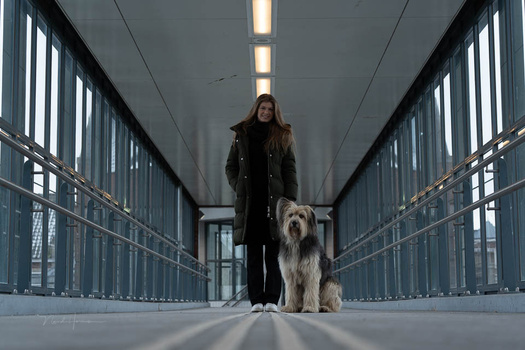
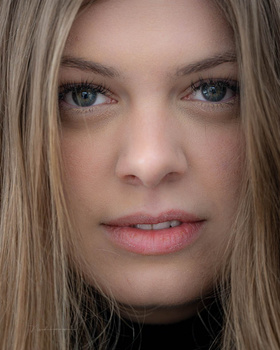

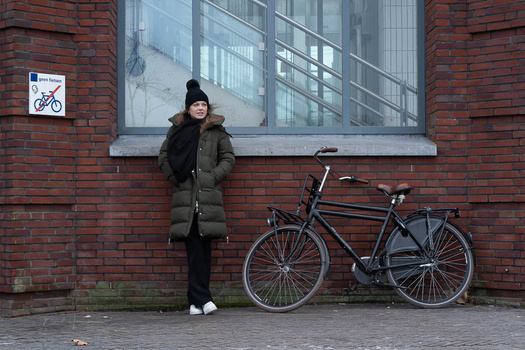
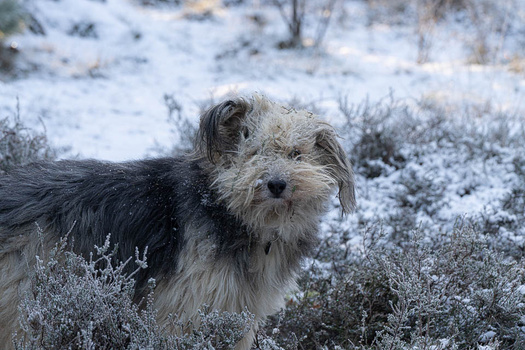

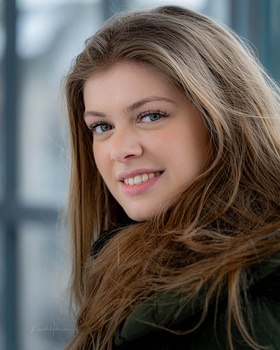
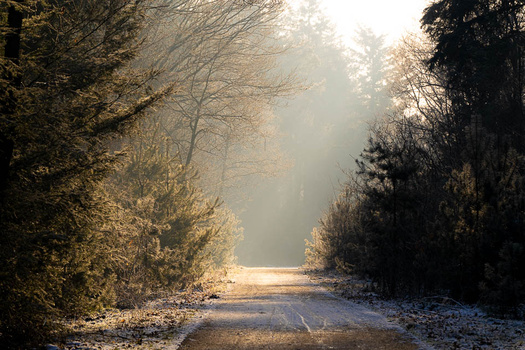










i've been really happy with my acr. my only complaint is it needs a joystick on the back to move the focus point. if it had that it'd be perfect. its a solid camera. Electronic shutter gives you a weird rolling shutter even in stills every once in a while. but the mechanical shutter works great. focusing is on par with a7r4 and a7r5.
www.instagram.com/darrellmillerphotography
I love my A7Cr. It is critical that you judge a camera based upon its intended use: this is a compact travel camera. It is not intended to shoot sports or weddings. Would you put a 600mm lens on this camera for wildlife photography? Of course not. This camera excels at street photography and landscape photography (thank you, Sony, for saving my back while hiking). I put a 20-70mm f/4 Sony lens on it and that lens pretty much lives there. The low light performance, low grain at high ISO, and IBIS mean that f/4 is no problem.
Fstoppers: rate cameras based upon their intended use. Cameras are like motion pictures; they fall into genres.